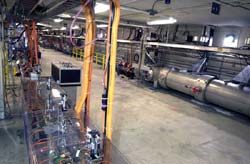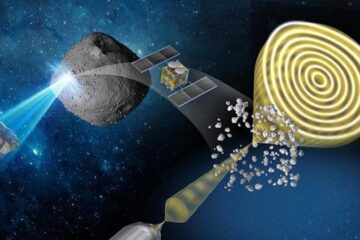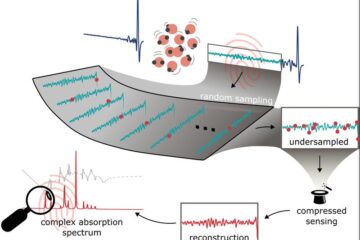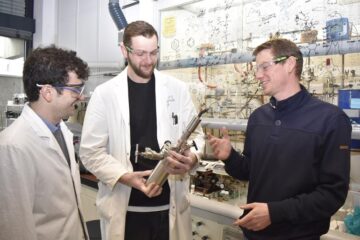Latest News

Scientists focusing on how exercise raises immunity
An increasing number of doctors and other health experts have been encouraging older adults to rise from their recliners and go for a walk, a bike ride, a swim, or engage in just about any other form of physical activity as a defense against the potentially harmful health consequences of a sedentary lifestyle.
“Exercise is touted as a panacea for older adults,” said Jeffrey Woods, a kinesiology professor at the University of Illinois at Urbana-Champaign, who noted that fitness programs are

Invading species have tough time cracking diverse neighborhood
An exotic species or weed trying to establish itself in a new ecosystem will have a harder time if it encounters a diverse mix of resident species rather than just a few species, according to research at the University of Minnesota. Working with prairie plants, the research team found that a rich assemblage of species repels invaders because it is more likely to contain plants occupying a niche similar to what the invader needs, as well as plants that make good all-around competitors. The findings ha

Jefferson Lab’s Upgraded Free-Electron Laser Produces First Light
Researchers at the U.S. Department of Energy’s Thomas Jefferson National Accelerator Facility have produced first light from their 10 kilowatt Free-Electron Laser (FEL). This device has been upgraded from the “one kilowatt Infrared Demonstration” FEL, which broke power records by delivering 2,100 watts of infrared light during 2001. Only one and one-half years after the one kilowatt FEL was dismantled, the newly improved FEL, designed to produce 10 kilowatts of infrared and one kilowatt of ultraviol

U. Iowa study adds to understanding of salt-taste
Saltiness often enhances our enjoyment of certain foods — think French fries or a Margarita. But salt is an essential nutrient for humans and other animals, and far from being a trivial matter of taste, the ability to detect salt is critical for survival. A University of Iowa study provides insight on how humans and other animals are able to detect salt. The study appears in the July 3 issue of Neuron.
“Given that salt is essential for survival, it is not surprising that animals have devel

Novel bacterium detoxifies chlorinated pollutants
Researchers have isolated a novel bacterium that flourishes as it destroys harmful chlorinated compounds in polluted environments, leaving behind environmentally benign end products. The finding opens the door for designing more efficient and successful bioremediation strategies for thousands of contaminated sites that remain threats, despite years of expensive cleanup work.
“This organism might be useful for cleaning contaminated subsurface environments and restoring drinking-water reservo

Human genes can predict AIDS progression rate
A Los Alamos National Laboratory researcher and her colleagues have found that people with less common types of proteins on their white blood cells seem to mount a better immune response against the Human Immunodeficiency Virus – the virus that causes AIDS – and tend to fight progression of the disease better than people with common white blood cell proteins.
The research, presented in the July issue of Nature Medicine, eventually might help researchers better understand and exploit potenti











